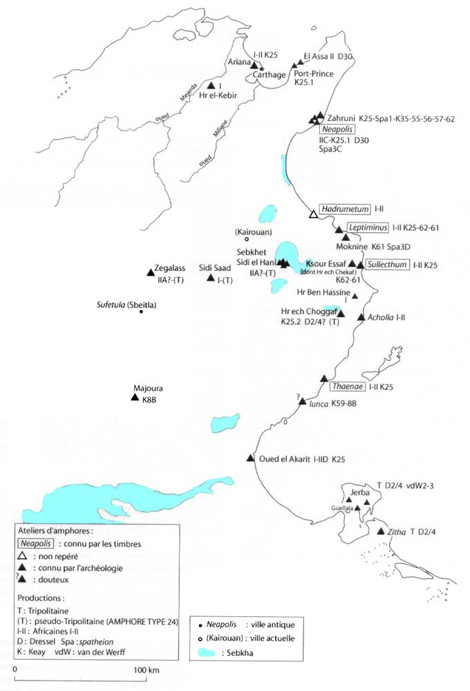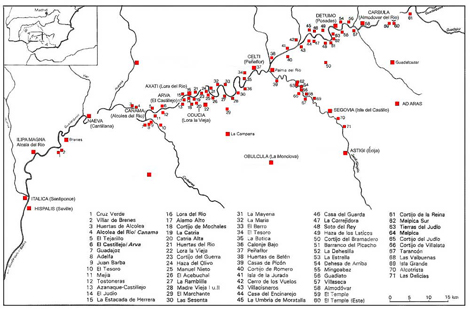Ceramic Analysis
One of the key sources of information for understanding the commercial relationship of Portus to other ports in the Mediterranean comes from analysis of the many thousands of potsherds that litter the site and that have been found in the stratigraphic levels of the archaeological excavation. In one area of the excavation next to the amphitheatre, were discovered many sherds of large pottery containers, or amphorae, that were originally imported from the Roman province of Tripolitania (modern-day Libya) and would have carried olive oil. The different kinds of pottery recovered include amphorae for the long-distance transport of olive oil, wine and fish-sauce; fine and coarse tablewares; bricks and tiles – all of which have been studied by specialists. Much of this material was derived from sources in ancient Tripolitania and Africa (modern Tunisia), although imports from southern Spain, southern Gaul (France), Greece, Egypt, Palestine and Asia Minor were also represented. In contrast, Italian ceramics were quite rare. Most of the material was destined for markets at Rome, although some was re-distributed to other Mediterranean ports.
Below are maps showing the distribution of kilns in two of the production areas that were supplying amphorae to Portus.


